Rice, Water, Earth: Notes on Sake
These posts are the continuation of my thoughts and reporting on sake for the James Beard award-winning Exploring the World of Japanese Craft Sake, which I co-wrote with sake sommelier and Sake Samurai Michael Tremblay.

Joy of Sake NYC Returns!
After a three-year-absence, New York City’s largest and most high-profile sake tasting event is returning in August.
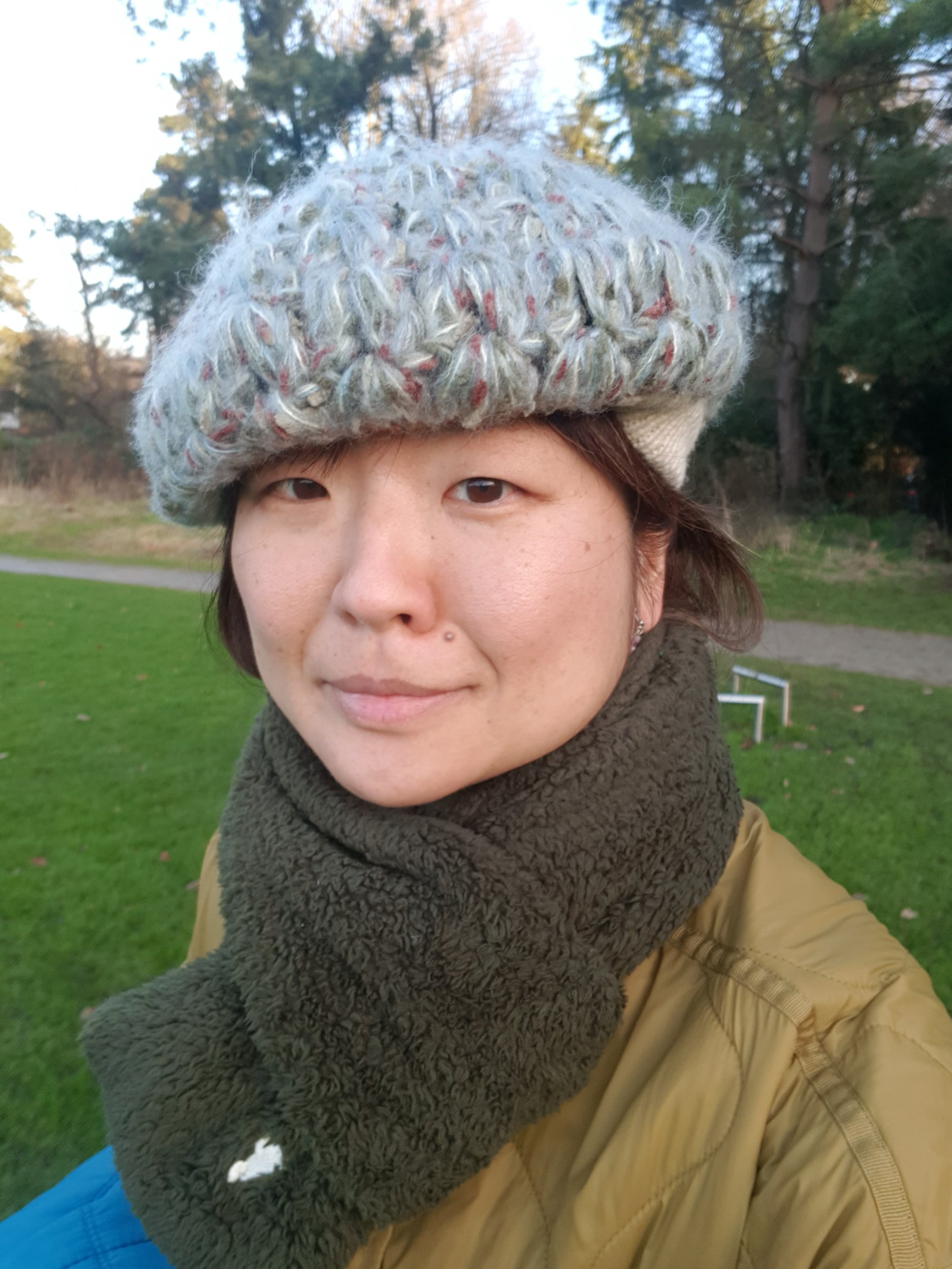
“Cosy Koji”: Marika Groen and Melissa Mills on the Making of a Koji Community
“Koji has its own life, not so different from yours. They are born, grow up, learn to survive, and pass away in the blink of an eye.”

Genki Ito: Building Tippsy, America’s Largest Online Sake Retailer
Tippsy has grown to a staff of more than 15, which operates out of a 5,000-square-foot warehouse space in Carson, south of Los Angeles.

Kikuchi Brewery and the Kimura Method of Natural Rice Farming
Kimura’s method is “beyond organic,” using no chemical or organic fertilizers, no pesticides, and no compost. Instead plant life is nourished by harnessing beneficial soil microbes that work in concert with local insect, animal and bird life. Kimura believes that too often plants are overfed when everything they need to thrive exists in the natural environment.
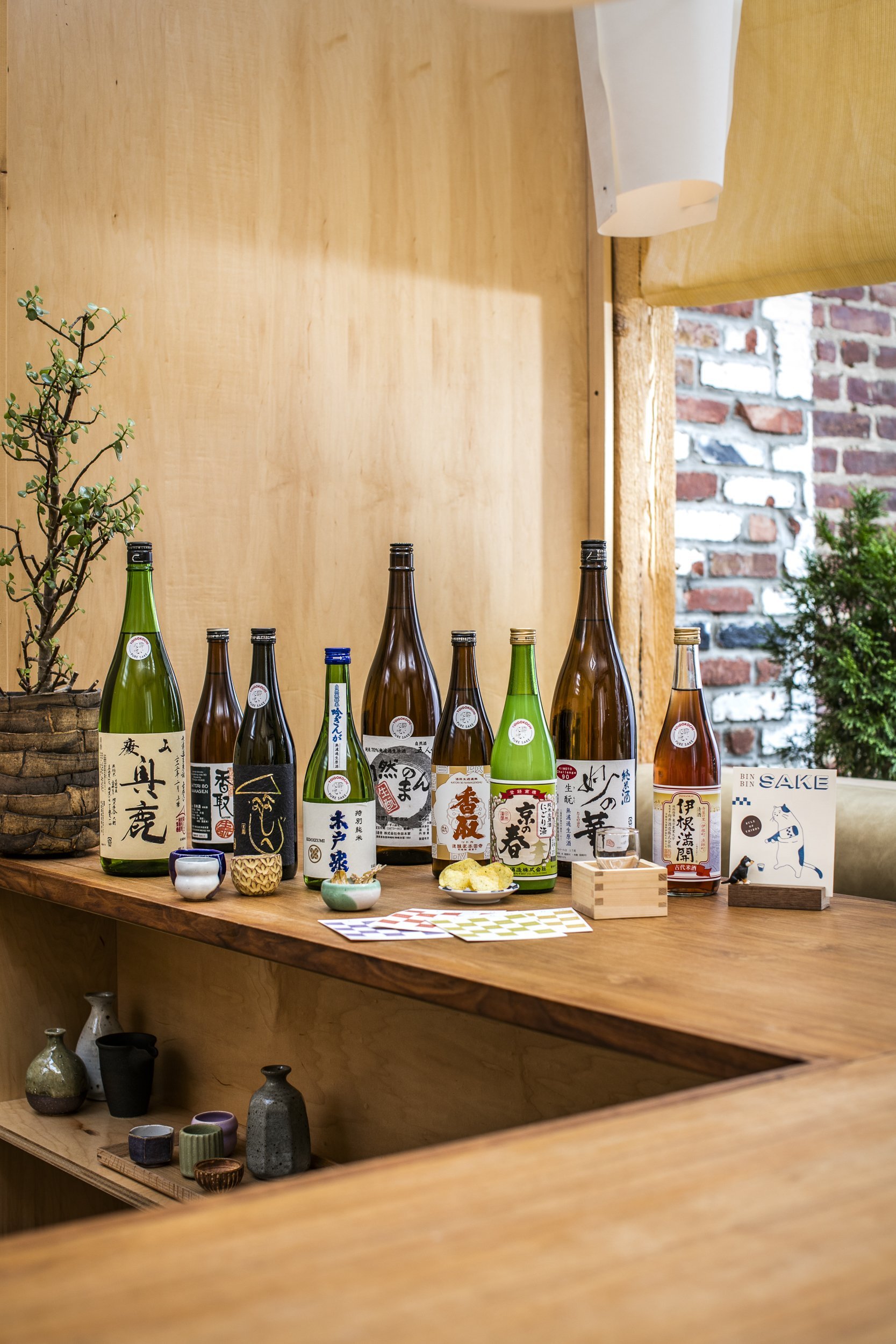
Rule of Thirds puts Greenpoint, Brooklyn on the Sake Map
The name Rule of Thirds is both a nod to the space’s design-centric origins, and the “synergy and collaboration” that is at the core of the restaurant. “The most interesting things happen at the intersection of the grid lines.”
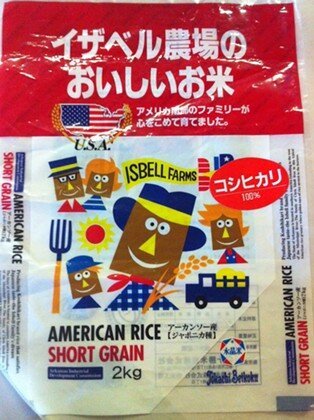
Arkansan Chris Isbell: America's Pioneering Premium Sake Rice Farmer, Part II
The early 1990s were the celebrity years for Isbell and his farm. He counted a total of 100 articles written about him and his Koshihikari rice in the Japanese press, which in turn brought Japanese tourists by the Greyhound bus load…. A film crew from Japanese broadcaster NHK embedded at the farm for a year to make a 90-minute documentary on him.

Islander Sake Brewery: Reviving a Hawai'ian Sake Brewing Tradition
“Just as for human beings, there is an optimal level of stress that one should put on the microbes involved in sake fermentation.”
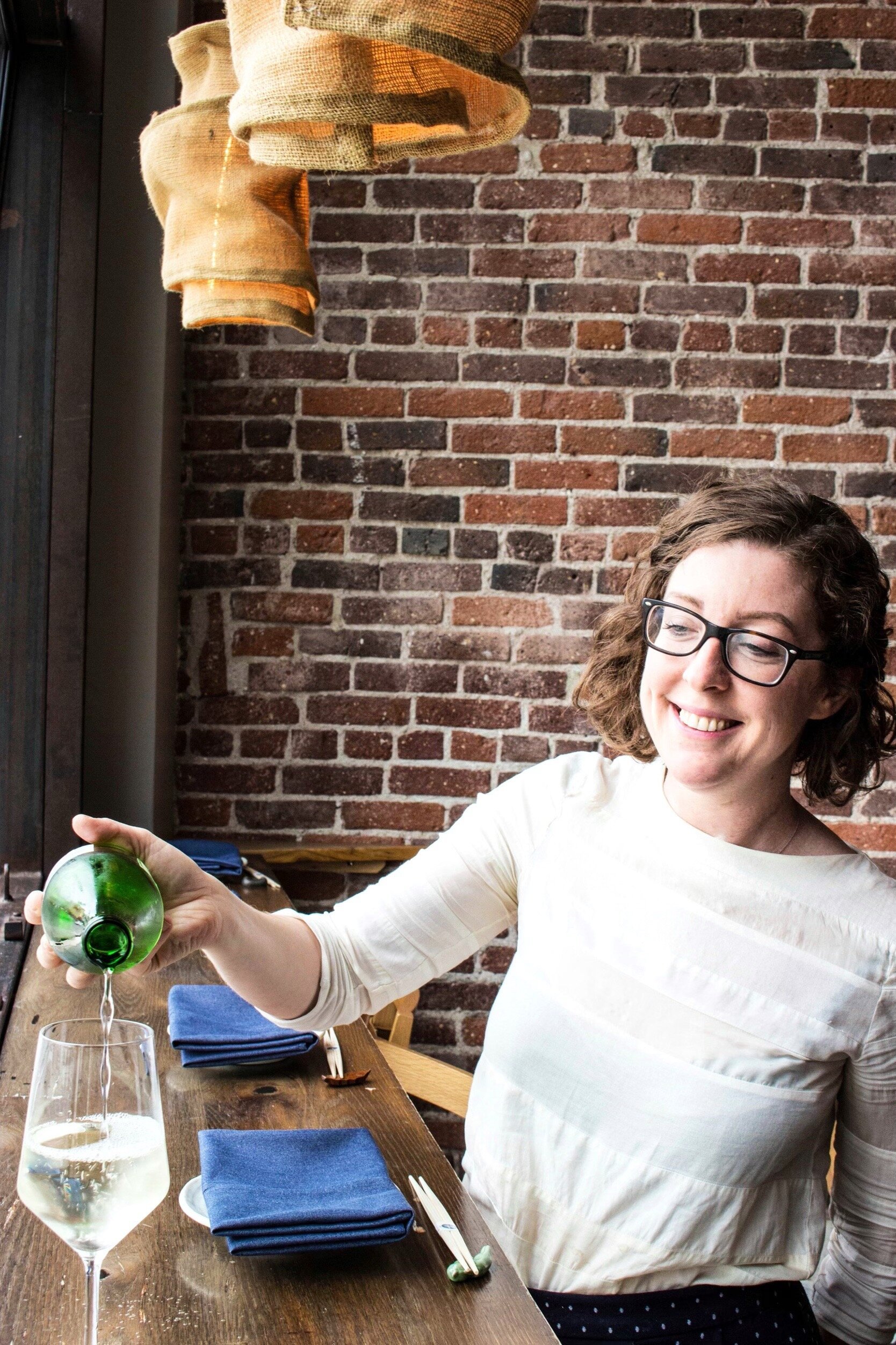
Courtney Kaplan: Introducing Small Craft Brewers to L.A. Diners
The East Village sake bar Decibel “served fifty or sixty sakes by the glass and was an institution. After closing we could try anything we wanted, so it was a tremendous tasting opportunity.”
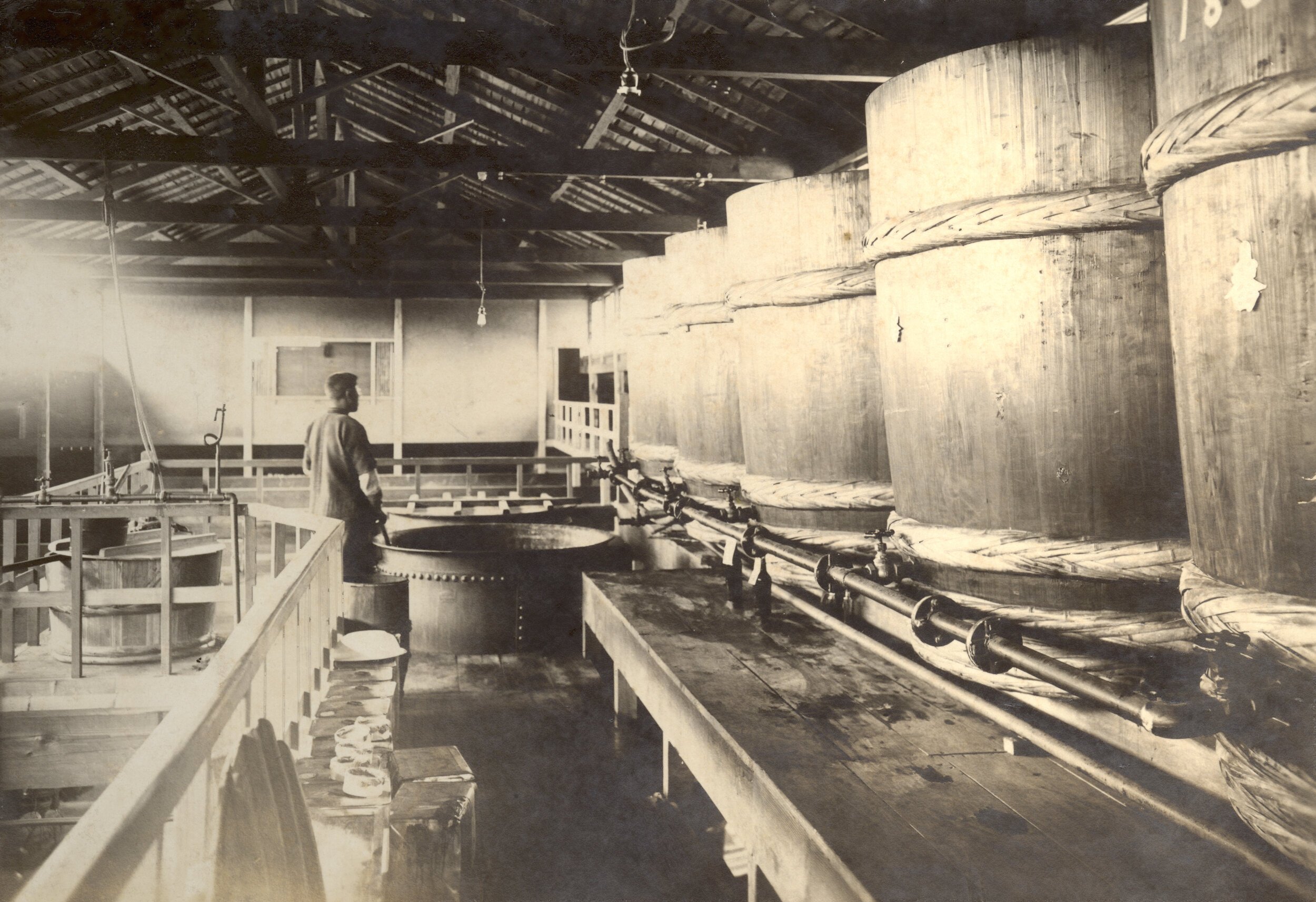
So, How Did You Get Into Sake? Exploring Sake Brewery Origins
While you might think that since sake, miso and soy sauce are all fermented products they require similar know how, they are actually fairly different.

